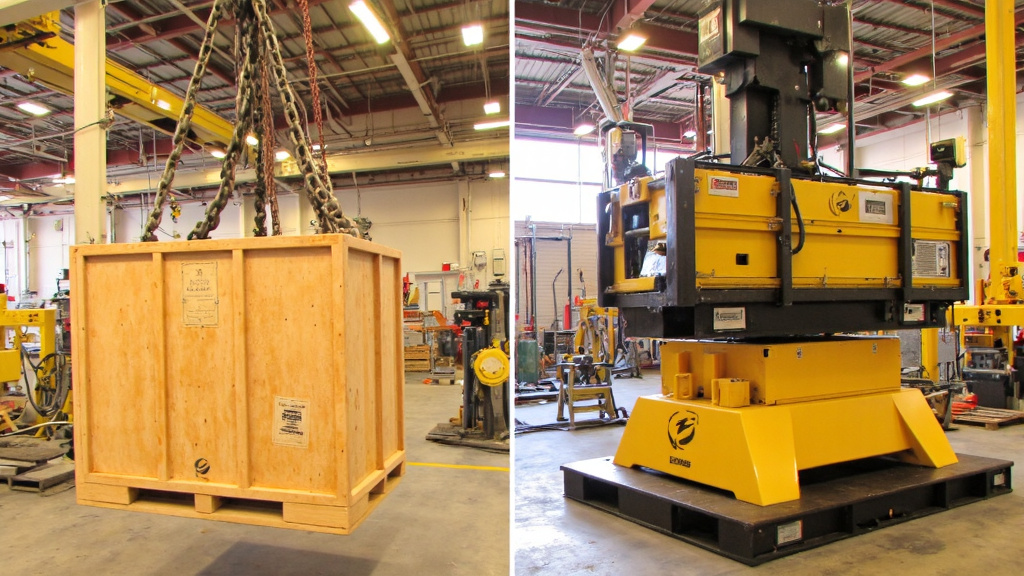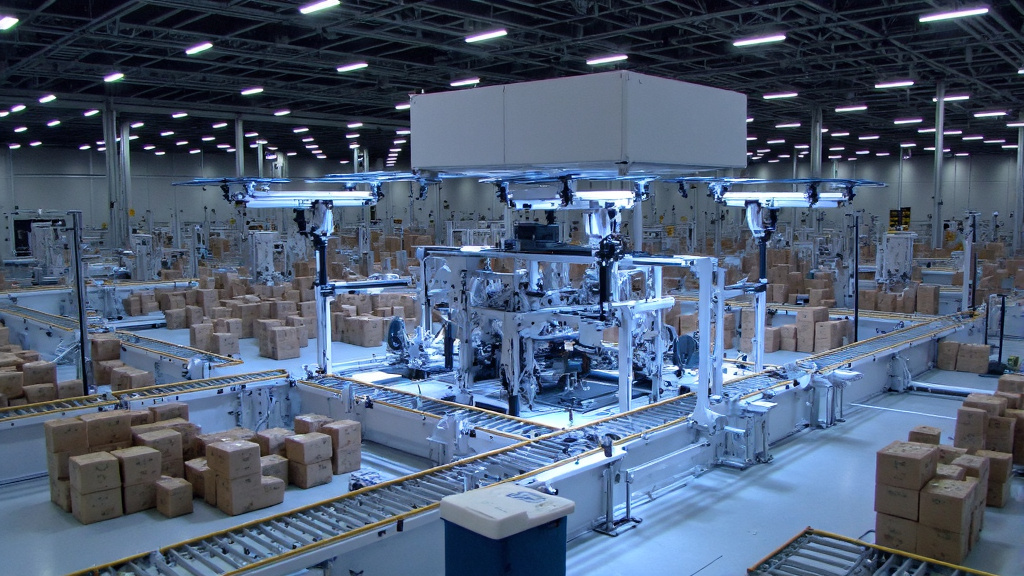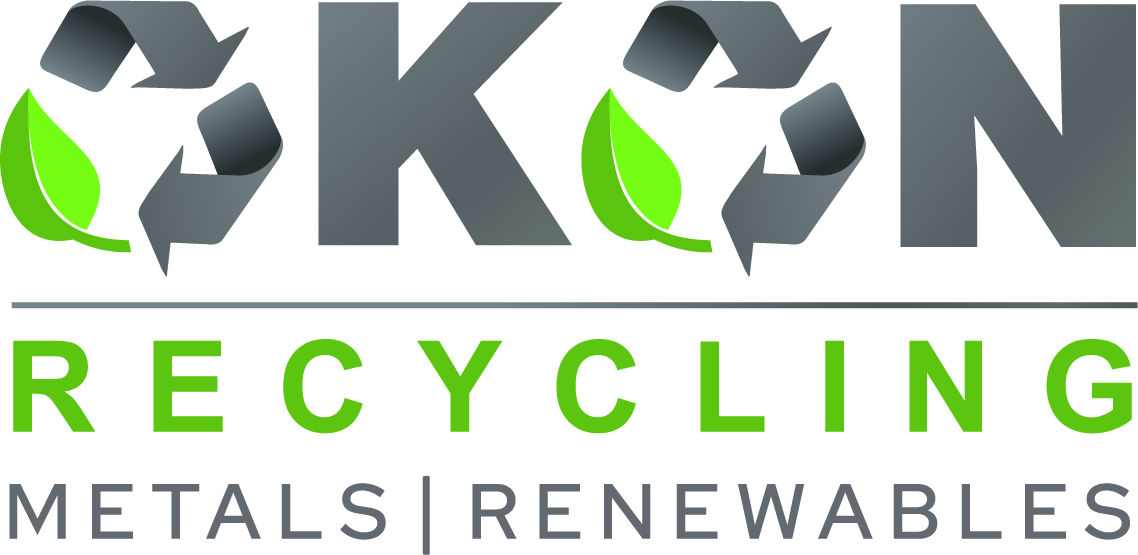5901 Botham Jean Blvd, Dallas, TX 75215
Latest Innovations in Magnetic Lifting Equipment
April 25, 2025Recent breakthroughs in magnetic lifting technology have transformed material handling. Industry leaders are developing solutions that make heavy lifting safer, more efficient, and straightforward.
Leading this innovation is Magswitch, a Colorado-based company pioneering switchable magnetic technology. Their devices, featuring powerful permanent magnets, can toggle between active and inactive states with simple electrical pulses, eliminating the continuous power dependency of traditional electromagnetic systems.
These technologies stand out for their practical application in industrial settings. The latest magnetic lifting equipment offers unprecedented strength-to-size ratios, enabling operators to handle everything from steel plates to complex metal components with precision previously unattainable.
How are Electro-Permanent Magnets Revolutionizing Industrial Lifting?

Electro-permanent magnets (EPMs) mark a significant advancement in industrial lifting technology. These devices combine the strong holding capabilities of electromagnets with the energy efficiency of permanent magnets, providing a solution that overcomes many limitations of traditional systems.
EPMs use rare earth magnets as core components. Unlike conventional electromagnets that need continuous electricity to maintain magnetic force, EPMs require power only when changing their magnetic state. This fundamental difference transforms industrial lifting operations.
The design of EPMs ensures exceptional load security. Even during power failures, the magnetic hold remains intact, eliminating a major safety concern associated with traditional electromagnetic systems where power interruptions could lead to load drops.
The energy efficiency of EPMs offers substantial operational benefits, consuming up to 95% less electricity than conventional electromagnets. This reduction directly translates to lower operating costs and a smaller environmental footprint for industrial facilities.
Additionally, EPMs eliminate the need for backup power systems. Traditional electromagnets typically require redundant power supplies to prevent failures. EPMs make these backups unnecessary, reducing both initial investment and ongoing maintenance costs.
EPMs also offer a 100% duty cycle, allowing continuous operation without overheating or performance degradation. Traditional systems often require cooling periods, creating workflow inefficiencies that EPMs eliminate.
The simplified operation of EPMs enhances workplace safety. Operators can control these systems from a safe distance, minimizing exposure to potentially dangerous lifting zones. The magnetic field activates and deactivates quickly, allowing precise control over materials handling.
What are the Key Applications of Advanced Magnetic Lifting Systems?
Advanced magnetic lifting systems are vital across various industrial sectors where efficient material handling is crucial. These systems address traditional handling challenges while enhancing workflow efficiency and workplace safety.
In Manufacturing
In manufacturing facilities, magnetic lifting devices improve production workflows by streamlining the movement of raw materials, work-in-progress items, and finished goods between workstations. This significantly reduces material handling time and labor needs, boosting overall production throughput.
The technology is particularly beneficial in factories with laser or plasma cutting operations. While manually clearing cut parts from exit tables typically takes 60-90 minutes, specialized magnetic parts handling systems can complete the task in minutes, greatly increasing factory throughput.
In Ship Building Yards
Shipbuilding yards rely on specialized magnetic devices for loading, unloading, and precise positioning of steel plates and prefabricated components. These yards achieve remarkable efficiency gains with Electro Permanent Magnets (EPMs), which handle heavy steel plates without continuous electricity consumption.
Safety features like Accidental Demagnetization Prevention Mechanisms (ADPREM) ensure secure handling of critical components in high-stakes shipbuilding environments. This is crucial as EPMs maintain magnetization even during power interruptions, common in shipyards, keeping loads secure without backup power systems.
In Industrial Construction
Heavy industrial construction benefits from magnetic lifting systems for rapid and precise positioning of steel beams, plates, and modular components. These systems facilitate both factory prefabrication and on-site assembly with enhanced precision and safety compared to traditional methods.
The industry has developed specialized solutions to meet specific operational needs. EPMs with Fixed Spreader Beams are designed for shipyard operations to safely lift steel plates, billets, and long structural components. These can be custom manufactured to meet specific shipbuilding material handling requirements.
What Safety and Efficiency Benefits do Magnetic Lifting Innovations Offer?

Magnetic lifting systems offer significant workplace safety advantages by enabling hands-free material handling, which reduces injury risks during heavy material manipulation tasks. Workers no longer need direct physical contact with heavy steel plates and components, minimizing common workplace injuries.
These systems eliminate the need for traditional straps, chains, and hooks. The secure magnetic connection to ferrous materials ensures stable lifting without slippage risks, which is particularly valuable when handling awkward or sharp-edged metal components that pose handling hazards.
A crucial safety feature of modern magnetic lifters is their fail-safe design. Unlike traditional electromagnets that rely on continuous power, advanced electro-permanent magnets (EPMs) require electricity only to change their magnetic state. This ensures loads remain secure even during power interruptions, a vital safety feature in industrial environments.
Operational Efficiency Improvements
In addition to safety enhancements, magnetic lifting systems significantly improve operational efficiency. They reduce material handling time and labor requirements. Tasks that previously required multiple workers can often be accomplished by a single operator using a magnetic system.
The streamlined workflow directly improves manufacturing throughput. Plants report significant reductions in loading and unloading times for processes like clearing parts from laser cutting tables. Tasks that traditionally took 60-90 minutes can be completed in minutes using magnetic handling systems.
Production line efficiency benefits from the speed and precision of magnetic lifting. Quickly repositioning materials between workstations minimizes bottlenecks and keeps operations flowing smoothly, especially valuable in high-volume manufacturing environments where downtime represents lost production.
Cost-Effectiveness Through Durability
Modern magnetic lifting systems provide long-term cost advantages. Their minimal maintenance requirements and exceptional longevity make them reliable assets in industrial settings. Many systems are rated for 100% duty cycles, allowing continuous operation without cooling periods.
Durability is crucial in harsh environments like shipyards. Advanced magnetic systems withstand extreme conditions, including high temperatures, dust exposure, and intensive daily use, leading to fewer replacements and repairs over time.
Energy efficiency provides additional cost benefits. EPMs consume up to 95% less electricity than traditional electromagnets since they only use power during state changes. This energy reduction lowers operational costs and supports sustainability objectives.
The versatility of magnetic lifting systems further enhances their value. With lifting capacities ranging from small components to loads exceeding 2000kg, these systems adapt to various industrial applications, eliminating the need for multiple specialized handling devices, consolidating equipment investments.
For manufacturing and recycling operations, the combination of enhanced safety, improved efficiency, and long-term cost-effectiveness makes magnetic lifting innovations a strategic investment with substantial returns. The technology continues to evolve with advancements in control systems and integration with broader automation frameworks.
| Aspect | Magnetic Lifting Systems | Traditional Lifting Methods |
|---|---|---|
| Efficiency | High speed, reduced downtime, minimal manual effort | Time-consuming setup with slings/chains |
| Safety | Fail-safe mechanisms, reduced risk of slippage | Potential for accidents if not maintained |
| Versatility | Limited to ferrous materials | Can handle a wider range of materials |
| Maintenance | Low maintenance, no electrical parts | Requires regular maintenance of mechanical components |
| Cost-Effectiveness | Higher initial cost, but lower long-term maintenance | Lower initial cost, higher ongoing costs |
| Environmental Impact | Energy-efficient, no emissions | Potentially polluting, higher energy use |
What Future Trends are Shaping Magnetic Lifting Equipment?

The magnetic lifting equipment industry is experiencing a technological transformation. Smart lifting systems now feature advanced sensors and real-time monitoring, turning traditional equipment into intelligent material handling solutions. These systems provide operators with essential data such as load weight, tension levels, and equipment health.
Factory automation benefits significantly from these smart systems. Real-time production intelligence enables manufacturing facilities to optimize material flow and reduce bottlenecks. Immediate feedback from these systems helps prevent equipment failures, minimizing costly downtime.
Sustainability Drives Innovation
Environmental concerns are steering the industry toward sustainable solutions. Manufacturers are developing eco-friendly materials that lessen the environmental impact of lifting equipment while maintaining performance. The focus is on creating energy-efficient systems that consume less power than traditional electromagnets.
Recent advancements include lifting magnets that use up to 95% less electricity than conventional models. This substantial reduction in energy consumption leads to significant cost savings for industrial operations while supporting sustainability goals.
AI and IoT Integration
A major trend is the integration of artificial intelligence and Internet of Things technologies into magnetic lifting equipment. These technologies enable predictive maintenance scheduling based on actual usage patterns. Equipment can now self-diagnose potential issues before they cause problems.
IoT connectivity allows lifting equipment to communicate with other systems in the facility, creating a networked environment where material handling is part of a cohesive workflow. This results in significant efficiency improvements in manufacturing and shipbuilding operations.
Machine learning algorithms continuously analyze operational data to identify patterns and optimize procedures. These systems adapt to changing conditions and learn from past operations to suggest more efficient approaches. For heavy industries like steel manufacturing and shipbuilding, these improvements lead to notable productivity gains.
The Future Workplace
As these technologies mature, the role of human operators is evolving. Instead of physically manipulating heavy loads, workers increasingly monitor and direct automated systems. This shift reduces workplace injuries and allows personnel to focus on higher-value tasks requiring human judgment.
Remote operation capabilities are expanding. Operators can now control lifting equipment from safe distances in hazardous environments. In some applications, multiple lifting devices work in coordination through swarm robotics principles, handling complex loads with unprecedented precision.
The magnetic lifting equipment of the future will continue evolving toward smarter, more sustainable, and more efficient operations. Companies adopting these technologies gain competitive advantages through improved safety, reduced costs, and enhanced productivity in material handling operations.
Conclusion: Recycle Magnetic Lifting Systems with Okon Recycling
As magnetic lifting technology continues to advance—offering safer, smarter, and more energy-efficient material handling—industrial sites face an important question: what happens to outdated or decommissioned magnetic lifting equipment?
That’s where Okon Recycling comes in. We specialize in recycling electro-permanent magnets, rare earth magnets, and other industrial lifting components that are no longer in use. These magnets contain valuable materials like neodymium and ferrite that can be recovered and reintroduced into the supply chain, reducing waste and minimizing the environmental impact of manufacturing.
Instead of letting these powerful devices end up in landfills, you can support a circular economy and reclaim the value locked inside them.
Do you have outdated or unused lifting magnets? Contact Okon Recycling at 214-717-4083 to responsibly recycle your equipment and recover critical materials. Let’s give your magnets a second life.
